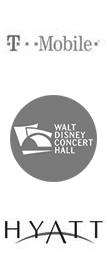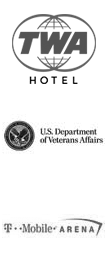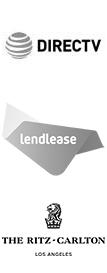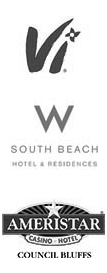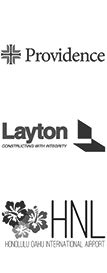First Nations
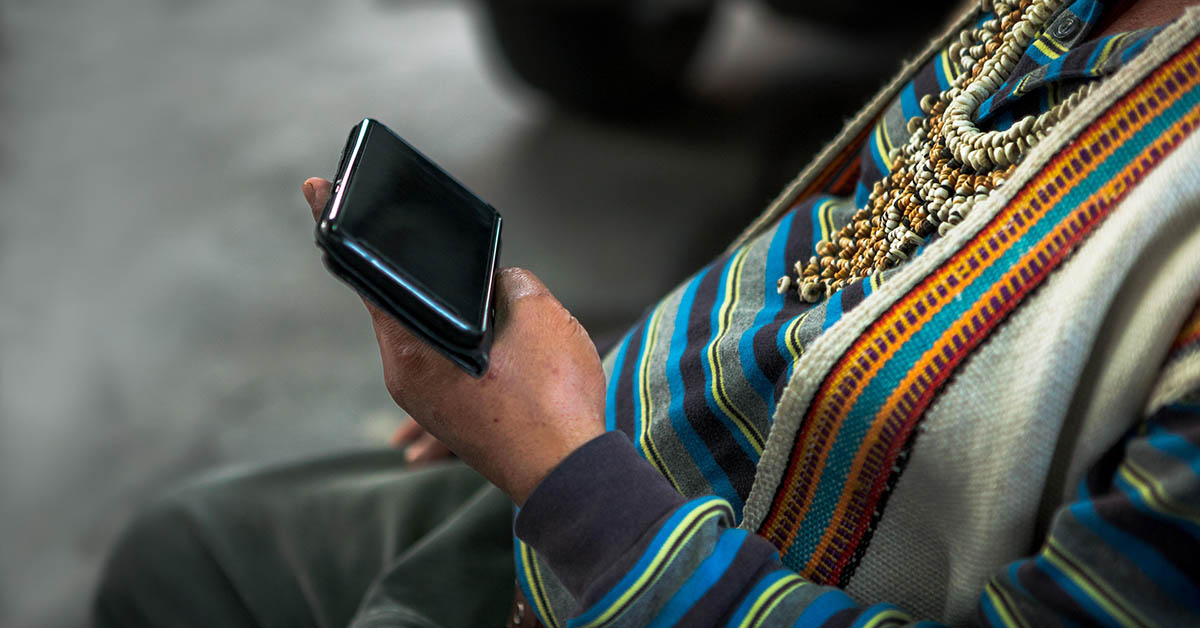
Many First Nations in the United States often have limited access to telecommunications infrastructure, which can restrict their access to essential services and opportunities. Ensuring robust cellular coverage is crucial for several reasons.
Firstly, effective communication is vital, allowing residents to stay in touch with family, friends, and business associates, as well as access critical information. This connectivity is fundamental for maintaining personal relationships and participating fully in modern society.
Economic development is another significant benefit of good cellular coverage. By providing access to communication and information technology, cellular networks can support the growth of local businesses and stimulate the economy. Enhanced connectivity enables entrepreneurs to reach broader markets and improve their operational efficiency.
Reliable cellular coverage is also essential for emergency services. It ensures that residents can promptly contact emergency responders in case of an emergency, thereby enhancing community safety and response times.
In the realm of education, robust cellular networks support a range of educational opportunities. They provide access to online resources and facilitate distance learning, which is particularly important in remote areas where educational institutions may be limited. This access can significantly enhance educational outcomes and opportunities for residents.
Healthcare services are greatly improved by good cellular coverage. It facilitates telemedicine and remote patient monitoring, enabling residents to receive medical consultations and care without the need to travel long distances. This not only improves health outcomes but also reduces costs associated with healthcare.
Casinos and entertainment venues owned by Native American Tribes also benefit significantly from robust cellular coverage. These establishments are major economic drivers for many communities, attracting visitors from across the region and beyond. Reliable cellular connectivity enhances the guest experience by allowing patrons to use their mobile devices for various activities, such as online gaming, social media sharing, and accessing information about events and promotions. Additionally, strong cellular networks support the operational needs of the venues, including transaction processing, security communications, and coordination among staff.
Overall, robust cellular coverage in Indian reservations helps to enhance communication and information access, support economic development, and provide access to essential services and opportunities.
Building new cellular and Wi-Fi solutions can also open the door to various telecommunications credits and incentives, both at the Federal and State levels. These financial benefits can significantly offset the costs associated with infrastructure upgrades. The Federal Communications Commission (FCC) offers programs that provide subsidies and grants aimed at expanding broadband and wireless services to underserved areas, including First Nations communities. Additionally, federal tax credits are available for businesses that invest in telecommunications infrastructure, designed to encourage the deployment of advanced communication networks.
At the state level, there are numerous programs offering incentives for improving telecommunications infrastructure. These may include grants, tax credits, and low-interest loans for projects that enhance connectivity in underserved regions. States often have their own initiatives to support the growth of high-tech industries, and investing in robust cellular and Wi-Fi networks can make First Nations eligible for these programs.
RSS is well-versed in navigating these opportunities, helping clients to maximize available credits and incentives. Our team stays updated on the latest programs and can provide expert guidance on how to qualify for and apply these benefits to your infrastructure projects. Partnering with RSS ensures that First Nations communities will not only have the best possible cellular and Wi-Fi coverage but also take full advantage of all financial incentives available. This comprehensive approach guarantees an optimal balance of cutting-edge technology and cost-efficiency.
Our Clientele
Explore some of the great companies that RSS has worked with.
Why RSS?
The licensed wireless industry is intricate. Experience has been a part of Repeated Signal Solutions (RSS) from the company’s inception in 2004. Unlike our rivals, RSS has been active in the licensed wireless frequency market for 19 years and still represents the majority of our first clients nationally.
- 1
Financial Transparency
The RSS methodology has been demonstrated to put everyone at ease. This approach is the result of 19 years of expertise. - 2
Trust: 92%+ of Our Customers Are Recurring
Among licensed wireless services, RSS is one of the few that puts the client first. - 3
Respect and Understanding for All Stakeholders
To ensure that each party contributes for their use case, our process supports the creation of budgets for each group’s allocation of the system. - 4
Total Solution Experience
We offer end-to-end life cycles with the standard carriers SLAs starting at 10 years as part of our solutions.
Ready to Speak With Our Team?
RSS’ mission is to act on behalf of our customers and provide innovative methodologies and detailed solutions that meet their wireless coverage challenges. We strive to provide value propositions based upon ethical business approaches with a high level of transparency and communication which builds mutual trust, respect and a basis for replicable results in our products and services delivery.
Pete Bohley, President of RSS






